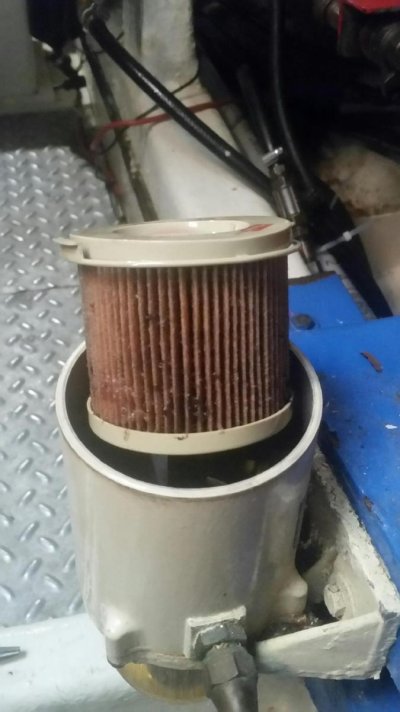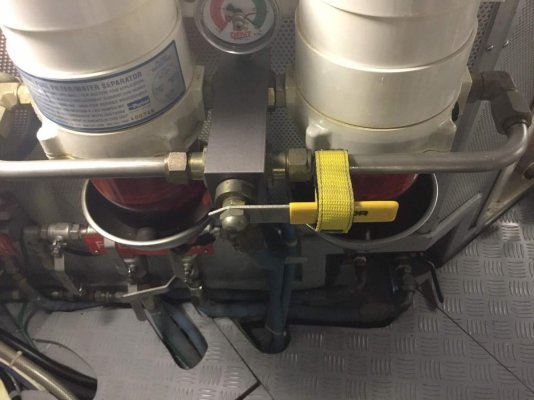Dave,
ValvTect Marine Premium Diesel contains BioGuard micro-biocide and is formulated to keep the fuel free of bacteria, fungi and algae that plug fuel filters, cause corrosion and can shut the engine down. ValvTect Marine Premium Diesel also contains ValvTect's Diesel Guard Heavy Duty Marine Diesel Additive, which prevents and cleans up injector deposits that cause loss of power and poor fuel economy. Fuel economy tests indicate improved fuel economy up to 13.6%. ValvTect Marine Premium Diesel also contains cetane improver, fuel stabilizer, lubricity improvers and moisture dispersant that prevents wear, prevents sludge and significantly extends the life of fuel filters.


